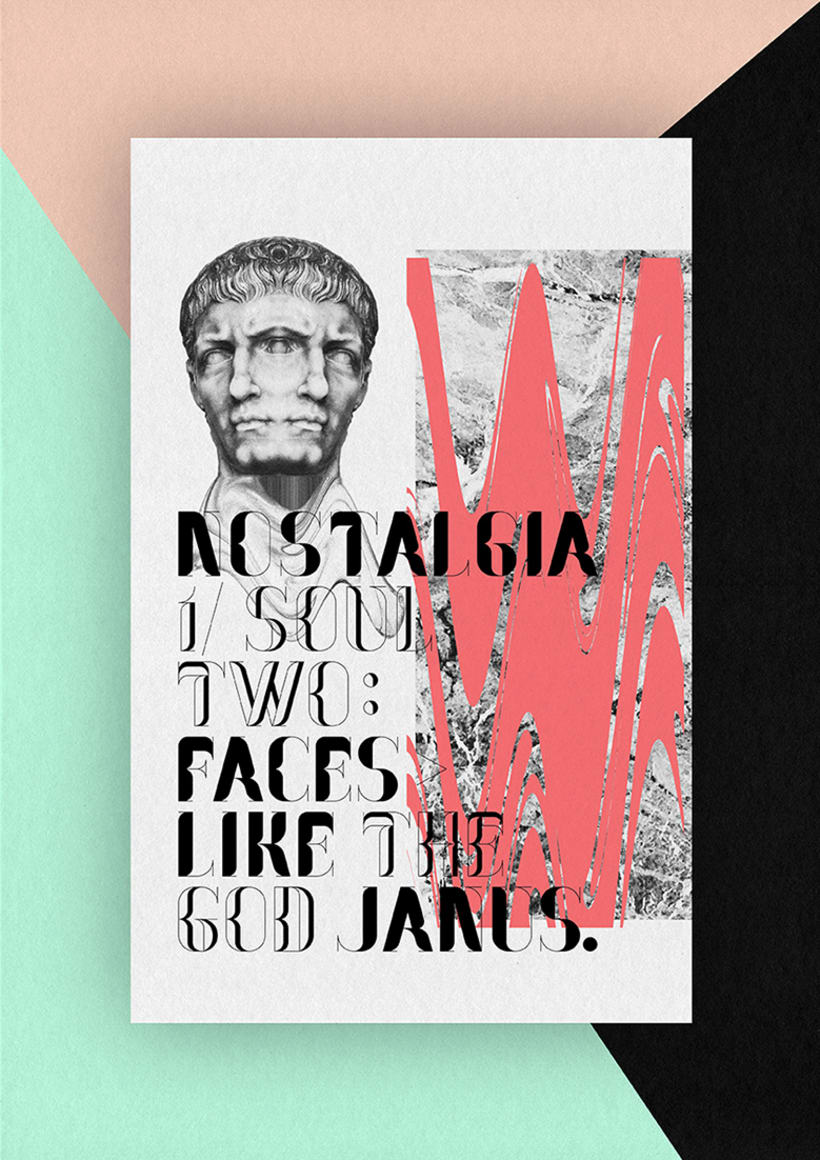When writing my essay, I knew that I needed to include some references to pieces of visual communication that I saw as being relevant to the points I was raising. I needed to find examples of work which directly correspond to the very deep and sometimes mystifying concepts that I was exploring in my written analysis. The best place for me to find examples of contemporary work that could be describes as contributing to a sense of a hyper-reality was on Pinterest and other image banks which are popular amongst young, trendy creative types. I was mainly looking for work that used pastiche, parody and included direct contemporary cultural references. I was not disappointed, I barely had to look far on any of my favourite visual inspirational websites before I came across examples of hyper-realities manifesting themselves.
When researching Post-Internet aesthetics and Vaporwave for COP 1 in level 4, I came across a rather intriguing designer who goes by the name of Pablo Abad. His work blatantly uses pastiche and parody and I would say, is an unconscious contributor to a sense of hyper-reality. His work is so audacious in its approach to composition and content, that anyone could see it as being a reference to cultural and social texts from current and recent times. Even if someone was unaware of the theories of simulation and simulacrum, you could quite easily see that there is some sort of burrowing and copying going on in his work.
Abad created a typeface recently titled 'Nostalgia'. From the start, you get a sense that this body of work is going to have some sort of hyper-reality, pastiche, simulacrum theme running throughout, as the very name of the typeface would suggest.

HORT, Berlin:
Lukas Haidar:




No comments:
Post a Comment